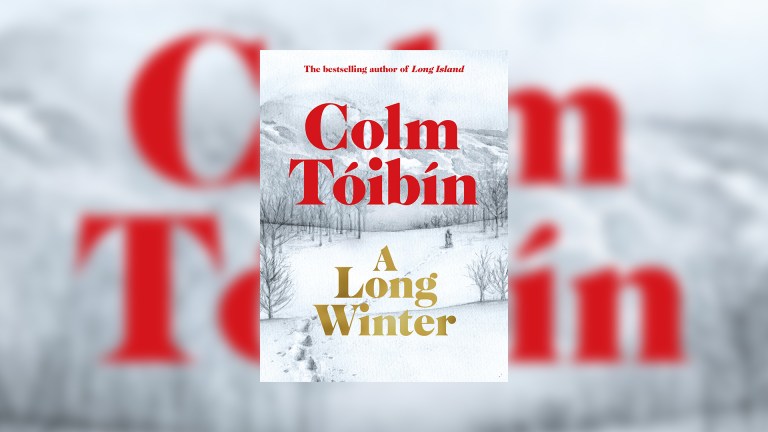The best fiction in any genre plays with the tropes and expectations of that genre, and bends them into new and interesting shapes. We’ve all read crime novels where the beats of the plot are predictable, even down to the twists and turns, and the characters are over-familiar clichés. This week I’d like to shine a light on two novels that loosely fall into the crime category but both books constantly surprised me with their invention and style.
A brave and gripping novel from start to finish
First up is the remarkable Gravesend by American author William Boyle. Set in the unfashionable Brooklyn neighbourhood that it’s named after, this is a pitch black and daring slice of noir, a short but coruscating look at a handful of characters whose tragic interactions with each other seem doomed from the start. The book opens with Ray Boy being released from prison after 16 years for causing the death of a young man. Waiting for him is Conway, the brother of the dead man, who has been harbouring thoughts of revenge his whole adult life. Thrown into the mix are Alessandra, a failed actress returning home after her mother dies, and Eugene, a troubled nephew of Ray Boy, intent on making his own terrible mark on the world. Such a set up could easily have gone down a simple revenge story route but Boyle flips expectations and refuses to give the reader any easy answers in a morally complex but utterly realistic tale of lives gone very wrong.
Atmosphere drips from the page and the nerve-shredding tension builds as the book progresses
The author depicts the rundown neighbourhood and the mostly Italian-American cast of characters superbly, and he doesn’t shirk from asking big questions about how we should live our lives. Atmosphere drips from the page and the nerve-shredding tension builds as the book progresses, but again, the plot never goes where you think it will. This novel made me sit up in surprise at least half a dozen times, and from someone who writes crime fiction for a living, there isn’t much higher praise. A brave and gripping novel from start to finish.

Equally inventive and compelling is Eva Dolan’s This Is How It Ends. Dolan has previously written a handful of sharp detective novels based around the Hate Crimes Unit, books that blended literary style with cutting edge-topicality and social commentary. This new standalone psychological thriller shows the same mix thrown into an impeccably structured story that blends the personal and political with searing effect. The story is split between seasoned left-wing campaigner Molly and young political blogger Ella. It starts with a body in the lift shaft of a nearly abandoned tower block in London and unravels in various directions, with expectations about blame, guilt and motive constantly shifting under the reader’s feet.

The key to Dolan’s compulsive storytelling is that her action is rooted in utterly believable characters. Molly is a veteran of Greenham Common and has spent a lifetime fighting for her beliefs, while Ella, similarly driven, is a product of the new millennium, more pragmatic and focused. The women have a kind of surrogate mother-daughter relationship, one with all the intricacies and conflict that such a relationship suggests, and it’s that shifting dynamic that keeps the story driving forward, and keeps readers on their toes. This is terrific writing that engages the head and heart equally.









